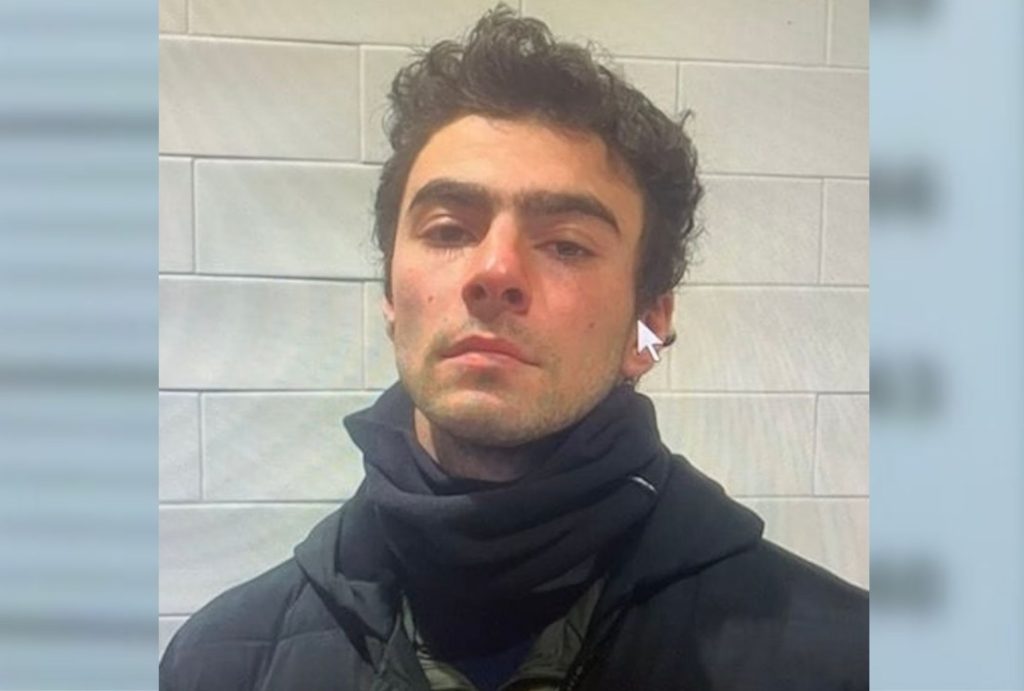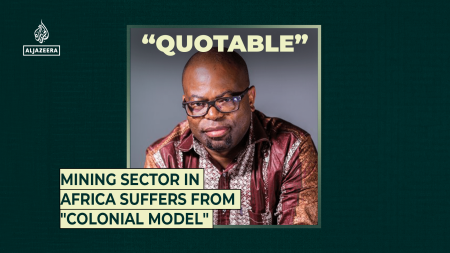The arrest of 26-year-old Luigi Mangione in Altoona, Pennsylvania, marks a significant development in the investigation into the fatal shooting of UnitedHealthcare CEO Brian Thompson. Mangione, apprehended on weapons charges, is considered a strong person of interest in the high-profile case that has captivated public attention and reignited discussions surrounding healthcare access. His arrest followed a nationwide manhunt triggered by the shocking murder of Thompson in midtown Manhattan.
The circumstances surrounding Mangione’s apprehension paint a picture of a suspect potentially driven by anti-corporate sentiments, particularly targeting the healthcare industry. He was found in possession of a firearm, a forged New Jersey identification card bearing the same details as the one used to check into a New York hostel, and, crucially, a three-page handwritten manifesto. This document, described by law enforcement officials as revealing both Mangione’s motivation and mindset, reportedly expresses “ill will toward corporate America” and specifically mentions UnitedHealthcare, criticizing its size, profitability, and perceived prioritization of profits over patient care. While the manifesto purportedly includes an apology for causing “strife or trauma,” it also justifies the violence with the chilling assertion that “these parasites had it coming.”
The discovery of the manifesto adds a layer of complexity to the case, suggesting a potential ideological motive behind the killing of Thompson. The document, according to sources cited by The New York Times, condemns the healthcare industry for what it perceives as a systemic focus on financial gain at the expense of providing adequate care. This apparent resentment towards corporate healthcare practices, coupled with Mangione’s possession of a fake ID and a firearm, strengthens his position as a prime suspect in Thompson’s murder. While the investigation is still ongoing, the manifesto provides a potential window into the suspect’s thinking and a possible explanation for the seemingly targeted nature of the attack.
Mangione’s apprehension was facilitated by an alert McDonald’s employee in Altoona, who, finding his behavior suspicious, contacted the authorities. Upon questioning, Mangione exhibited signs of nervousness, visibly shaking and initially presenting a false New Jersey driver’s license. This attempt to conceal his identity, coupled with the other incriminating evidence found on his person, further solidified suspicion against him. The sequence of events, from the employee’s call to Mangione’s nervous reaction and the subsequent discovery of the weapon, the fake ID, and the manifesto, highlights the collaborative nature of the investigation and the importance of community vigilance.
The legal proceedings against Mangione are currently focused on the weapons charges filed in Pennsylvania. He has been arraigned on charges including forgery, carrying a firearm without a license, tampering with records or identification, possession of instruments of crime, and providing false identification to law enforcement. While he remains a key suspect in Thompson’s murder, he cannot be formally charged with that crime until he is extradited to New York. This procedural hurdle underscores the jurisdictional complexities involved in cases that span multiple states.
The tragic shooting of Brian Thompson has not only sparked a nationwide manhunt but has also reignited the ongoing debate concerning access to and the affordability of healthcare in the United States. While the specific details linking Mangione’s alleged grievances to Thompson’s murder are still under investigation, the incident has brought the complex issues surrounding healthcare costs and corporate practices back into the public discourse. The case is a stark reminder of the tensions that exist within the healthcare system and the profound impact these issues can have on individuals and society as a whole. As the investigation continues, it is likely to further fuel the conversation surrounding healthcare reform and the need for more equitable and accessible healthcare for all.










